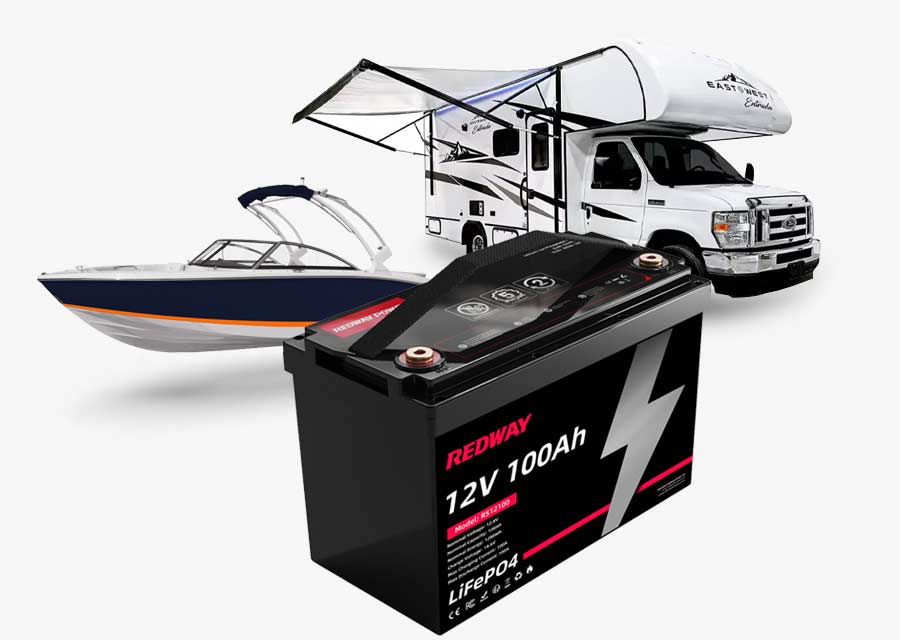Solar panels are an environmentally friendly source of renewable energy. They convert sunlight into electricity, heat, or other usable forms of energy. By utilizing solar cells made from reusable materials, solar panels provide a sustainable alternative to traditional electricity generation. Discover how solar panels harness renewable resources and contribute to a greener future.
The Power of Solar Panels and Renewable Resources
Solar panels are a key player in the renewable energy sector, harnessing the power of the sun to generate clean electricity. They are made up of several components and rely on renewable resources for their operation.
Building Solar Cells
The primary components of a solar panel are the solar cells. These cells are made from a mix of crystalline silicon, gallium, or boron, which create silicon ingots. When combined with phosphorus, the cells can conduct electricity and capture sunlight effectively.
Renewable Materials in Solar Panel Manufacturing
Solar panels are constructed using mostly reusable materials, making them a sustainable choice for energy production. The use of renewable resources in their manufacturing reduces the environmental impact and promotes a circular economy.
Converting Sunlight into Usable Energy
When sunlight hits the solar panels, the solar cells absorb the photons and generate an electric current. This direct current (DC) electricity is then converted into alternating current (AC) electricity using inverters, making it compatible with standard electrical systems.
Advantages of Solar Panels as a Renewable Energy Source
Solar panels offer numerous benefits as a renewable energy source. They help reduce greenhouse gas emissions, combat climate change, and decrease reliance on fossil fuels. Additionally, solar panels provide a decentralized energy solution, allowing individuals and businesses to generate their own clean power.

Frequently Asked Questions (FAQs)
Q1: How do solar panels generate electricity?
A1: Solar panels generate electricity by converting sunlight into an electric current through the photovoltaic effect. The solar cells within the panels absorb photons from the sun, creating a flow of electrons that generates a direct current (DC) electricity.
Q2: Are solar panels made from sustainable materials?
A2: Yes, solar panels are made mostly from reusable materials such as silicon, gallium, and boron. These materials can be recycled, reducing the environmental impact of solar panel manufacturing.
Q3: Can solar panels work in cloudy weather?
A3: Solar panels can still generate electricity in cloudy weather, although their efficiency may be reduced. While direct sunlight is ideal, even diffused sunlight can produce a certain level of electricity, allowing solar panels to contribute to power generation.
Q4: How long do solar panels last?
A4: Solar panels typically have a lifespan of 25 to 30 years. With proper maintenance and care, they can continue to generate electricity efficiently throughout their lifespan.
Q5: Are there government incentives for installing solar panels?
A5: Many governments offer incentives such as tax credits or rebates to encourage the adoption of solar energy. These incentives can help offset the initial cost of installing solar panels and make them more affordable for homeowners and businesses.


